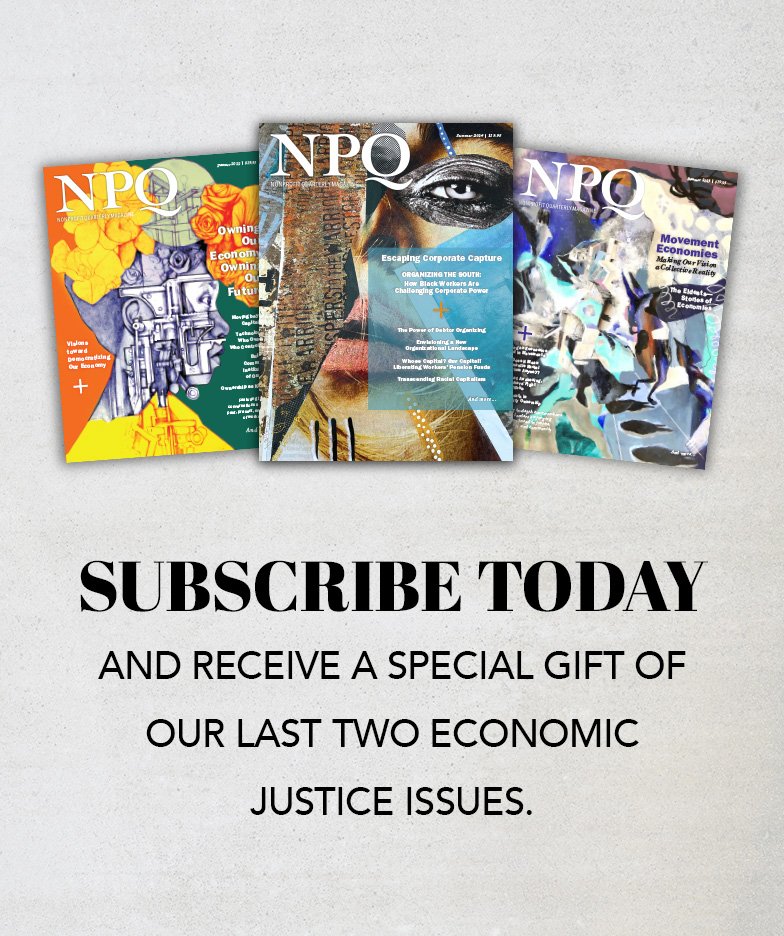In a sense, the scene was other worldly. European foundation leaders danced into the night in an elegant, turn of the past century, dancing tent that had been erected in the shadow of the royal Belgian palace. They danced with evident joie de vivrein the face of the troubles—fiscal, demographic and political—facing their continent.
To be sure there was nothing odd or off-putting about the scene. The dancers included all ages, races, persuasions . . . Wealthy grant-makers danced with grantees, executives with assistants, young with old, long-standing national antagonists with one another. They danced after a week of meetings on subjects as diverse as the European Foundation Centre’s (EFC) own membership, knowing they’d return to formal discourse in the morning. If anything, the evening in the tent affirmed the energy, promise and optimism of Europe’s foundations.
In contrast , the EFC’s annual assembly featured that organization’s efforts to understand, reveal and track the vastly varied work of its members and to secure European regulatory blessing for cross-border foundation interventions.
This was the final social event of the EFC’s 2010 annual general assembly. The membership had convened in the capital of united Europe to focus member and European Commission attention on the benefits and need for a European foundation statute as well as to take logistical advantage of Brussels-based EFC staff and the economical meeting facilities of the city.
20 years after its formation, there remains a refreshing aura of creation and striving about the EFC. Despite incidental reference to the practices of American foundations, replication of the American experience in Europe is hardly the objective these days. Rather, EFC represents a proud and diverse complement of philanthropic actors that pursue a wide agenda for social progress through an equally wide range of institutional forms and interventions. EFC members build upon multiple traditions, some centuries old. Though born of local or national loyalty and despite inconsistent national tax policies and cross-border grant-making limitations, they increasingly embrace European identity and action. Grant-making per se is not the only or even the dominant expression of European foundation intent. No, the EFC and its members are constructing a big tent, conducive for diversity as well as dance.
SUBSCRIBE | Click Here to subscribe to THE NONPROFIT QUARTERLY for just $49 >>
With an American lens, through which foundations are largely distinguishable only by size and “payout”, European practice appears imprecise, opaque and incongruous. Big European endowments paying out little in grants but pursuing direct operating or research activities appear as eclectic hybrids or, maybe, less philanthropic versions of their American private and operating foundation cousins. But European foundations rightly defend their diversity, resisting simplistic attempts to define them in American terms.
The agendas of the annual assemblies of foundations in the US and Europe this year reflect these continental distinctions. The Council of Foundation’s Denver meeting comprised the annual proceedings of a thousand highly confident institutions—all operating within remarkably similar and perpetually stable fiscal and operating confines. With this degree of uniformity, there is little call for self-assessment or institutional or regulatory innovation. Membership in their Council is exclusive; the professionals run the show; and the best practices of the leading foundations hold center stage. This year, the Council’s “closed” pre-assembly sessions focused on the illumination of trustees—a necessary exercise consistent with the maturity of American philanthropy.
The agenda’s overarching purpose was to demonstrate the importance of the sector and to promote enactment of a European Foundation Statute to facilitate cross-border philanthropy and private social initiative.
Sign up for our free newsletters
Subscribe to NPQ's newsletters to have our top stories delivered directly to your inbox.
By signing up, you agree to our privacy policy and terms of use, and to receive messages from NPQ and our partners.
In contrast, the EFC’s annual assembly featured that organization’s efforts to understand, reveal and track the vastly varied work of its members and to secure European regulatory blessing for cross-border foundation interventions. Together, these efforts reflect the Europeans’ willingness to explore and presumably embrace change.
Further, 700 non-member NGOs and public participants joined most of the 500 member registrants at EFC’s seventy “open to the public” pre-assembly “Foundation Week” sessions. Beyond their general high quality, the collective import of these sessions was a sensitizing influence on subsequent “foundation-only” proceedings. As a result, the perspectives, intentions and personalities of grantors and grantees shared during a full week were integrated in ways unimaginable in the American context.
Nonetheless, European foundations, like their American counterparts, are constrained by tradition. And, unlike their American counterparts, the full range of their activities and fiscal characteristics is masked by the absence of regulatory transparency. Further, their ability to operate across Europe is severely hampered by the incongruities of dozens of national legal and tax structures. So despite the admirable creativity, richness and “joie de vivre” of the European philanthropic sector, it is not all it needs to be. Happily, the European sector’s deficiencies are no secret, and that sector’s leadership—both professionals and trustees—is on the case.
The leadership’s initiative was in full evidence during the EFC assembly’s formal membership program. Its general tenor was political—the audience was European parliamentarians as much as the membership. The agenda’s overarching purpose was to demonstrate the importance of the sector and to promote enactment of a European Foundation Statute to facilitate cross-border philanthropy and private social initiative. For these often opaque and tradition-bound institutions, this may seem a risky moment. It is. Successful implementation of the statute will lead to greater foundation visibility, greater demands for accountability and impact and the potential for greater direct regulation. On the other hand, without the statute, foundation progress is unnaturally constrained and European civil society disunited.
While the confusion and platitudes evident in the reactions of participating parliamentarians to the proposed statute demonstrate that the foundations must still travel a bumpy road to enactment, they will likely persist. And if a united Europe is to have a progressive future, the EFC must succeed.
The EFC turns twenty this year. It inhabits a continent that is under pressures that will severely stress the prosperity of its citizens and test the elusive proposition of unity. For those of us who believe in the wisdom and global importance of a united Europe, this is a moment of truth. Europe is fortunate to have the EFC and a group of leading foundations that see themselves, and act to the extent regulatory conditions allow, in a continental context. Let’s hope Europe’s parliament gets this one right.
While this dance continues, the Europeans are eagerly learning useful new moves and embracing many new partners. There is much to learn from watching the Europeans. American foundations take note.
Buzz Schmidt is the founder and president of GuideStar International













